A blooming glorious time to be a gardener
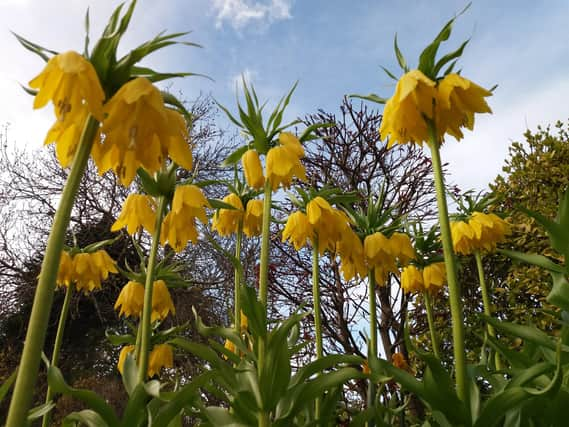

This is good news for gardeners generally but more so for those who are fruit growers. Such was the case last week with a diversity of bee species making most of the calm conditions.
An increasing number of blooms have appeared of late alongside existing spring flowers in the gradual build-up to an anticipated glorious May display. What a welcome sight they are.
Advertisement
Hide AdAdvertisement
Hide AdPolyanthus, primula and wallflower continue to impress and it’s heartening to know that each can be saved when their stint is over. We prune the wallflowers and root some stems from the cuttings. The other two are divided into sections and transferred to a spare piece of land until autumn.
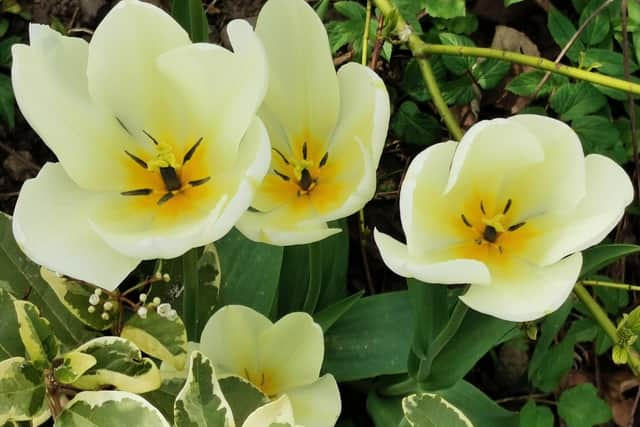

Bulbous favourites narcissi and anemone certainly have staying power. We have well-established groups of daffodils still performing and by now accustomed to the after-show treatment; off with their seed capsules to conserve energy, a liquid feed to boost their bulbs for next year and allow their leaves to fade naturally.
Narcissi are divided into groups (divisions) and a few of these are represented by cultivars in this garden. I love the dwarf types because they only reach between 15 to 30 centimetres and are generally first to flower, often in February. For example, February Gold, Peeping Tom and Jack Snipe are popular varieties in the cyclamineus division.
Daffodils also offer fragrance with beauty if you plant up a few pots of Paper White (tazetta group) in autumn and bring them in from the cold for winter/spring display. Best choice for garden fragrance is the Poeticus type. We’ve had Actaea and Pheasant’s Eye (white petals with yellow and orange cups respectively) in the garden for years, and the April/May divide is a time they never fail to please.
Advertisement
Hide AdAdvertisement
Hide AdMuscari (grape hyacinth), fritillaria, bluebell and tulips are the latest bulbs to join our display. Two fritillaria species, the snake’s head fritillary (F. meleagris) and crown imperial (F. Imperialis) are well known for their pendulous blooms. Both have just started to perform. Meleagris is a front-of-border or raised bed plant that stays below 30 centimetres. It’s well suited to a wildflower meadow, with drooping, chequerboard petals.
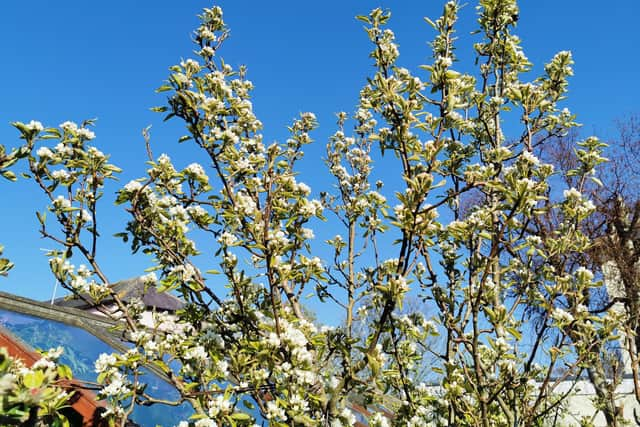

By comparison, the crown imperial is a giant standing at 90 cms. The popular colours are Rubra (red), Aurora (orange), Maxima Lutea (yellow).
Don’t get caught out with hidden bulbs
A popular piece of advice for those moving into a different house (and garden) is to allow at least one growing season before making significant changes outdoors. This allows any bulbs, dormant herbaceous perennials, or pernicious weeds to reveal their presence.
The so-called bluebells that emerged from a long border in our current garden were one such surprise. And as time has gone by all their leaves have remained identical but we now have a mixture of blue and white flowers.
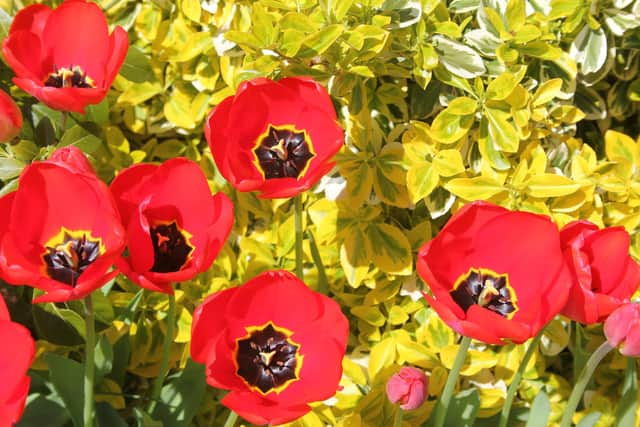

Advertisement
Hide AdAdvertisement
Hide AdTulips are something else. They come in a diversity of colours and range in height from species 10cm high to the tall garden types. Their group divisions go into the teens, and the reputation for deteriorating when left in the ground led to them being lifted, stored, and replanted every year. However, by planting them deeply and applying lime to ensure the soil remains slightly alkaline, ours reappear annually with strong blooms.
There can never be enough bulbs in a garden, and although they are synonymous with spring displays, there are many summer and autumn types to consider.
Beyond May, we have lilium, begonia, allium, alstroemeria, sisyrinchium and rhodohypoxis joining the show. Then the floodgates open as summer arrives. Dahlia, crocosmia, cyclamen, agapanthus, alstroemeria, begonia and a whole host more catch the eye.
As autumn approaches, nerine and colchicum appear alongside those remaining from summer.
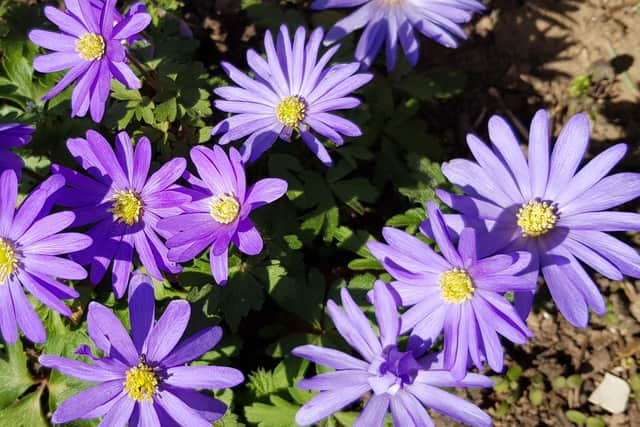

Advertisement
Hide AdAdvertisement
Hide AdYou’ll never regret introducing some of these beauties to your garden or containers. Best approach is to order some catalogues, browse the wide range available, and get them ordered in good time. Enjoy the blooms but as they fade don’t forget to mark the spot. The number of times we dig a hole for a new plant and unearth bulbs!